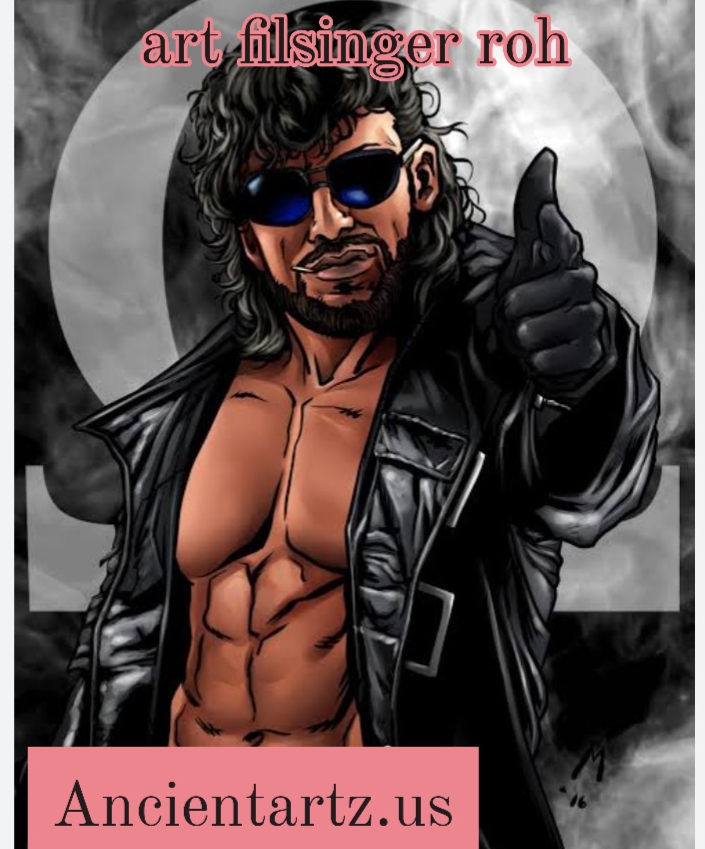Introduction
In the world of contemporary art, new techniques and styles emerge regularly, captivating audiences and challenging traditional norms. One such innovation in the artistic realm is Filsinger Roh, a unique and dynamic art form that has been gaining recognition for its distinctive approach and its blend of traditional aesthetics with modern expressions. This article aims to explore the fascinating world of Filsinger Roh—from its origins to its techniques and impact on both the art community and the wider cultural scene. Whether you’re an art enthusiast, a student, or someone with a passion for the creative world, this detailed guide will provide valuable insights into this mesmerizing form of art.
What is Filsinger Roh? A Deep Dive into the Artform
Filsinger Roh is an innovative art form that blends various artistic styles to create a fresh and original experience. While the name itself may sound unfamiliar to some, its principles draw from centuries-old art movements, while incorporating modern elements. The style is characterized by its complex use of textures, dynamic compositions, and a balance between abstraction and representational elements.
Origin and Evolution of Filsinger Roh
The roots of Filsinger Roh can be traced back to the early 20th century, with influences from both Eastern and Western artistic traditions. While its exact origin is often debated, many artists attribute the rise of Filsinger Roh to the fusion of cultural exchanges during the post-modern period, where artists were increasingly experimenting with diverse materials, methods, and philosophies.
Early practitioners of Filsinger Roh were inspired by abstract expressionism, cubism, and surrealism. However, unlike these movements, which focused on a singular approach, Filsinger Roh integrates elements from a variety of traditions, creating a hybrid visual language that is both complex and accessible.
Key Characteristics of Filsinger Roh Art
Several key traits define Filsinger Roh:
- Texture and Layering: One of the most distinctive features is the use of textures. Artists working within this style often use thick, layered brushstrokes or materials like cloth, paper, or metal to build up layers, adding depth and tactile appeal to the artwork.
- Contrasting Elements: The blending of abstract and representational elements is another hallmark of Filsinger Roh. It allows the artist to explore tension between realism and abstraction, creating a piece that tells multiple stories and invites varied interpretations.
- Dynamic Composition: The compositions are often in constant motion, with forms interacting across the canvas. This fluidity in design suggests a sense of change and transformation, making each work feel alive and in perpetual motion.
- Vivid Color Palette: The use of color in Filsinger Roh is bold and intense. Artists embrace both vibrant hues and muted tones, often juxtaposing them to create contrast and enhance the emotional impact of the piece.
Techniques Used in Filsinger Roh Art
Understanding the techniques behind Filsinger Roh is essential for appreciating its depth and complexity. The approach to creation can vary between artists, but certain techniques are commonly used:
Mixed Media Integration
One of the core techniques in Filsinger Roh is the integration of mixed media. Artists often combine paint, digital manipulation, fabric, and found objects to create layered pieces. This mix of materials not only adds texture but also brings a contemporary sensibility to the artwork.
Gestural Brushwork
Like abstract expressionism, artists of Filsinger Roh frequently use bold, expressive brushwork. This technique captures the emotional intensity of the moment, allowing the artist’s energy and movement to become a visible part of the artwork itself. The brushstrokes, often dramatic, lend a sense of urgency to the visual story being told.
Collage and Assemblage Techniques
Incorporating collage elements or assemblage techniques, where different materials are glued or pieced together, is another common method in this style. This provides an added layer of depth, both visually and conceptually, as the artist creates a layered narrative through the materials themselves.
Digital Manipulation
In contemporary practices, many artists incorporate digital technologies into their work. Digital manipulation can be used to alter photographs, drawings, or textures, adding another dimension to the piece. By combining the digital and traditional, artists expand their creative possibilities and challenge the boundaries of the medium.
The Impact of Filsinger Roh on Contemporary Art
A Bridge Between Tradition and Modernity
The fusion of old and new techniques in Filsinger Roh has made it an essential part of the conversation in contemporary art. It serves as a bridge between traditional practices and the digital age, offering a refreshing perspective on how historical elements can coexist with cutting-edge innovations.
Influence on Young Artists
Filsinger Roh has proven to be particularly influential among young, experimental artists. The adaptability of the style makes it appealing to those looking to break away from conventional artistic methods and embrace a more dynamic, multi-layered approach to visual storytelling.
Global Recognition and Exhibitions
Over the past decade, Filsinger Roh has gained attention from art critics and curators worldwide. Galleries and museums have started showcasing works in this style, leading to international recognition. Art collectors are increasingly drawn to the uniqueness of these pieces, eager to add them to private collections.
Filsinger Roh in the Digital Era
With the rise of social media platforms like Instagram and digital art galleries, the influence of Filsinger Roh has extended into the digital world. Artists have embraced new technologies, utilizing virtual spaces to exhibit their work and engage with a global audience. The accessibility of digital tools has also made it easier for artists to experiment with new techniques and collaborate in ways that were not possible in the past.
Moreover, the introduction of augmented reality (AR) and virtual reality (VR) into the art scene has opened up even more opportunities for Filsinger Roh artists to experiment with immersive experiences. This innovation brings the art form to life in a new and exciting way, further pushing the boundaries of traditional art concepts.
Conclusion
The art of Filsinger Roh is a testament to the power of innovation and cross-cultural exchange. By blending traditional artistic elements with contemporary techniques, it offers a unique way of expressing complex emotions and stories. From its textured layers to its vibrant compositions, Filsinger Roh continues to evolve and inspire new generations of artists.
Its rise in popularity marks a new era in the art world, where boundaries between mediums, techniques, and cultural influences are constantly shifting. As this style continues to grow and expand, it will undoubtedly remain a central figure in contemporary art discussions for years to come.
Frequently Asked Questions (FAQs)
Q1: What is the origin of Filsinger Roh art?
Filsinger Roh originated in the early 20th century and drew from various global art movements, blending Eastern and Western techniques to create a unique, hybrid style that evolves with time.
Q2: How is Filsinger Roh different from abstract expressionism?
While both use expressive brushwork and emotion, Filsinger Roh incorporates mixed media and often includes both abstract and representational elements in a way that abstract expressionism does not.
Q3: Can Filsinger Roh be created digitally?
Yes! Many contemporary artists integrate digital techniques, such as photo manipulation and 3D modeling, to create Filsinger Roh art. This digital aspect helps to expand the possibilities of the style.
Q4: What materials are commonly used in Filsinger Roh art?
Artists often use a combination of traditional media like paint and canvas, along with non-traditional materials such as fabric, metal, paper, and digital components to create layered, textured works.
Q5: Where can I see Filsinger Roh art?
Filsinger Roh has gained international recognition, and its pieces are frequently displayed in contemporary galleries and exhibitions worldwide. You can also find digital representations on social media and art platforms.
Q6: What is the future of Filsinger Roh?
With the continued integration of new technologies and experimental techniques, the future of Filsinger Roh looks promising. It will likely continue to influence younger artists and evolve with emerging trends in both physical and digital spaces.


